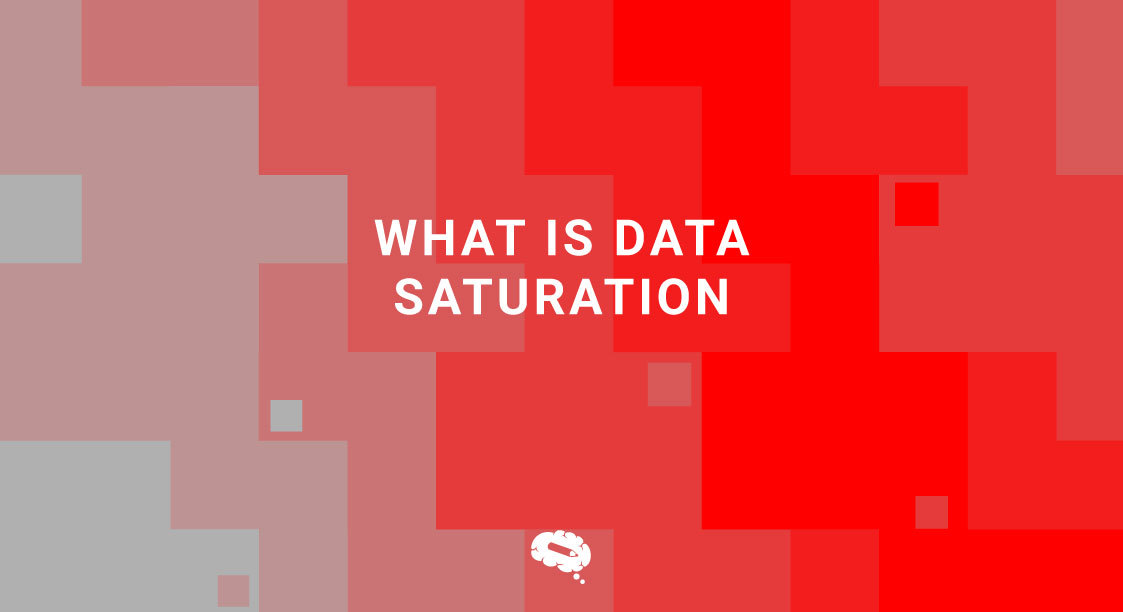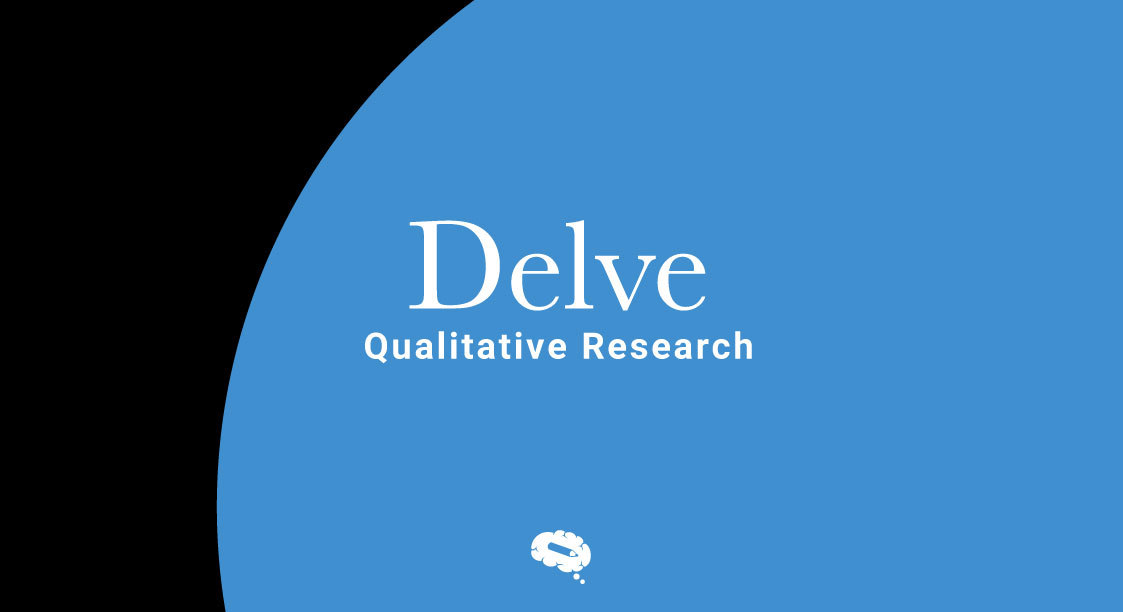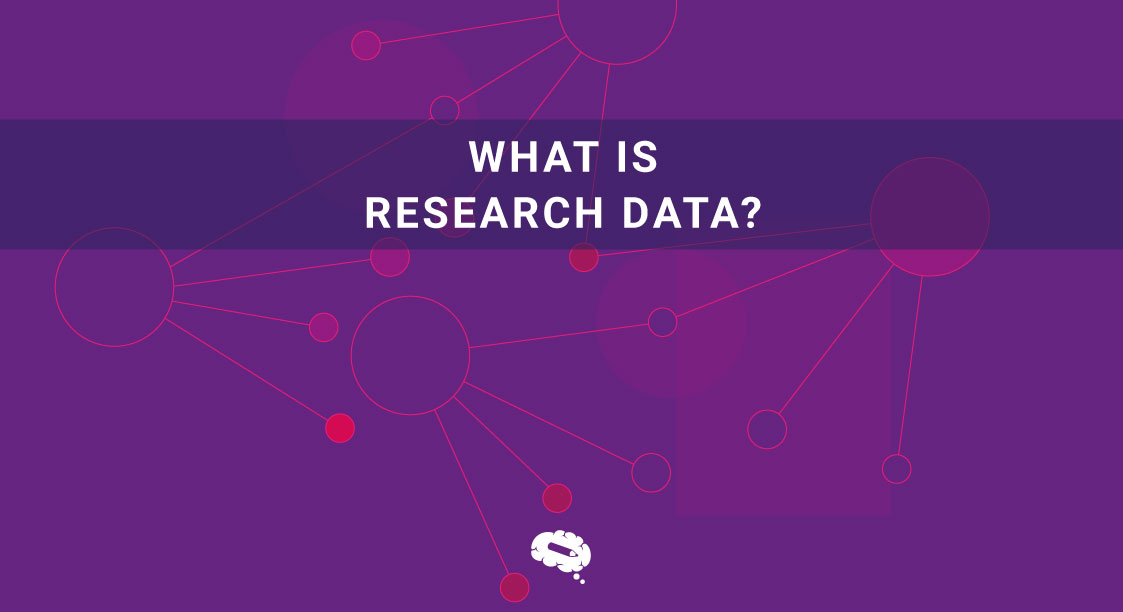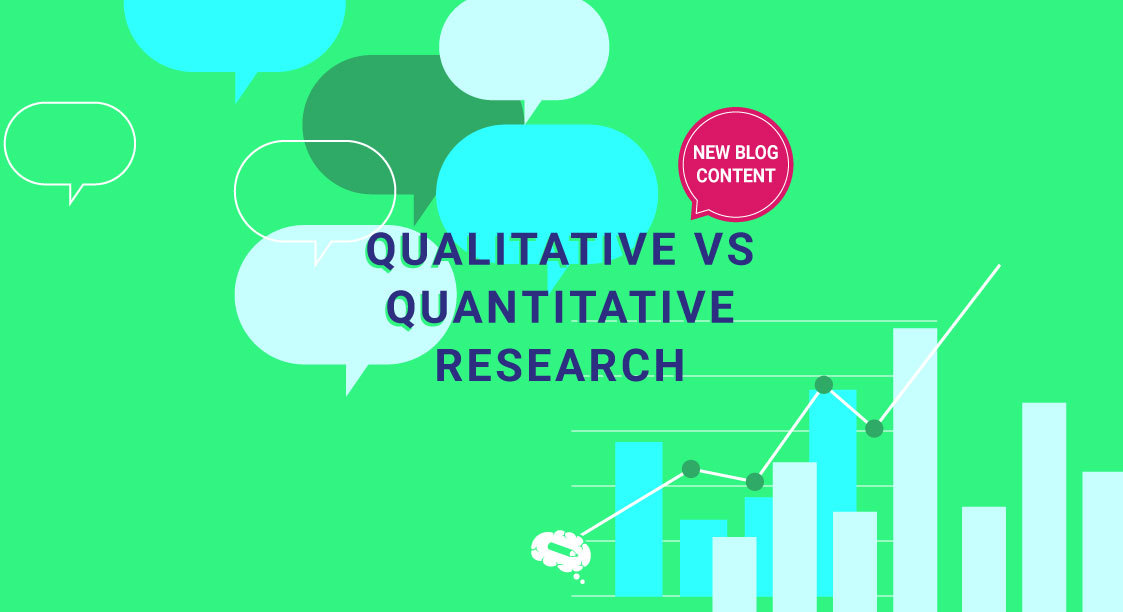In the realm of qualitative research, data saturation plays a crucial role in ensuring the validity and trustworthiness of findings. It is a concept that researchers employ to determine the point at which collecting additional data no longer provides new insights or information. In this article, we will delve into the meaning of data saturation, explore its significance in qualitative research, discuss factors influencing saturation, and highlight approaches to measuring and assessing it. By understanding data saturation, researchers can enhance the quality and rigor of their studies.
What is Data Saturation?
Data saturation refers to the point in qualitative research where collecting new data ceases to generate novel insights or themes. It is the stage where researchers achieve a sufficient depth and breadth of information, enabling them to confidently draw conclusions and develop theories from their data. In other words, it represents the saturation of themes or categories within the dataset, indicating that little or no new information is emerging.
Factors Influencing Data Saturation
Several factors influence data saturation in qualitative research. These factors can vary depending on the research context and the nature of the data collected. Some key factors to consider include:
Sample size
The size of the participant sample plays a role in achieving data saturation. Generally, a larger sample size increases the likelihood of reaching saturation as it allows for a wider range of perspectives and experiences to capture.
Data collection methods
The choice of data collection methods, such as interviews, focus groups, or observations, can influence data saturation. Each method has its strengths and limitations in terms of generating rich and diverse data.
Researcher expertise
The knowledge and expertise of the researcher can influence data saturation. A skilled researcher who is well versed in the research topic can recognize patterns and themes more effectively, potentially reaching saturation sooner.
Hybrid Forms of Data Saturation
In some cases, researchers employ hybrid forms of saturation to enhance the validity and reliability of their findings. These approaches involve combining multiple data sources or methods to gather a comprehensive understanding of the research topic. By triangulating data from different sources, such as interviews, observations, and document analysis, researchers can strengthen their conclusions and ensure data saturation from various angles.
When and How to Seek Data Saturation
Seek for Data saturation begins after the collection of a substantial amount of data. Researchers must continuously analyze and interpret the data during the research process to identify emerging themes and to reach saturation. It is important to note that data saturation is not always a predetermined goal but rather a point of confidence where the researcher feels that additional data will not significantly contribute to the findings.
To seek saturation effectively, researchers can:
- Engage in iterative data collection and analysis: Iterative processes of collecting and analyzing data allow researchers to refine their research questions and sampling strategies as new insights emerge. This iterative approach helps in reaching saturation by ensuring that diverse perspectives and experiences are adequately represented.
- Conduct member checks: Member checks involve sharing findings or interpretations with participants to validate the accuracy and comprehensibility of the data. This process helps ensure that the researchers’ understanding aligns with the participants’ experiences, enhancing the trustworthiness of the data.
Measuring Data Saturation
While data saturation is a qualitative concept, researchers often seek ways to measure and demonstrate saturation in their studies. Although there is no standardized method for quantifying saturation, researchers can employ various strategies to provide evidence of saturation:
Theoretical saturation
This approach involves determining saturation based on the degree of theoretical insights obtained from the data. Researchers assess whether the emerging themes and patterns adequately explain the phenomenon under investigation.
Saturation grids or matrices
Researchers can create grids or matrices to track the appearance and recurrence of themes across different data sources. This visual representation allows them to identify when saturation is achieved for specific themes or categories.
Assessing Saturation: Different Approaches
Assessing saturation involves evaluating the quality and sufficiency of the data to draw meaningful conclusions. Researchers can employ different approaches to assess saturation:
Peer debriefing
Researchers can engage in discussions with colleagues or experts in the field to review and validate their interpretations. This external feedback helps ensure that saturation has been adequately achieved and enhances the credibility of the research.
Methodological transparency
Clearly documenting the data collection and analysis processes helps establish the trustworthiness of the findings. Researchers should provide detailed descriptions of the steps taken to reach saturation, allowing others to assess the rigor of the study.
Visually appealing figures for your research data
As researchers strive to communicate their findings effectively, visual representations can greatly enhance the impact and clarity of their work. On this, you can surely count on us!
Mind the Graph provides a wide range of customizable templates and tools that enable scientists to create engaging visuals, such as infographics, posters, and graphical abstracts. These visually appealing figures not only enhance the visual appeal of research publications but also facilitate the comprehension and retention of complex information by readers.


Subscribe to our newsletter
Exclusive high quality content about effective visual
communication in science.




